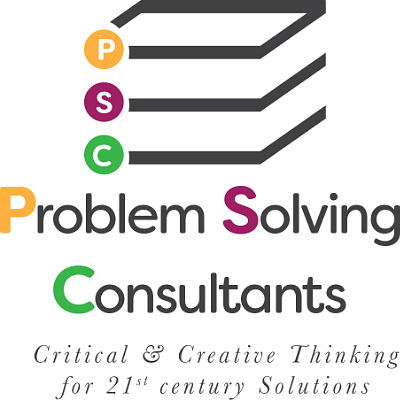Common sense tells us that problem resolution is heavily dependent upon communication. The communication structure used to address and resolve the problem is important. Here are a few points you may want to consider.
Leaders will often use a centralized communication structure in order to establish group norms. This is particularly true for newly formed groups. Researchers have described centralized communication as either a chain or a “Y” with the leader exerting strict control over which group members get what information. In contrast, a decentralized communication structure has been described as a circle which gives every individual in the group access to all other group members.
Both centralized and decentralized communication structures are well suited to resolving a specific type of problem. Centralized communication structures allow the group to spend less time initially on preliminary organization processes and decisions are usually reached quickly. On the other hand, groups utilizing a decentralized communication structure will often take more time to get organized. Once a group using a decentralized structure gets organized, it can usually work as efficiently as a group in a centralized structure.
Research has shown that there are important differences between centralized and decentralized communication structures. Within centralized structures, the individual occupying the center position tends to become the leader regardless of whether or not that person has the necessary qualifications. That individual is in the position of receiving all the communications and has all the information needed to make decisions. Leadership in decentralized structures, on the contrary, usually is bestowed upon the member with the best qualifications. Information is shared with the group members so that all the information needed to make the decision is known.
Centralized structured groups have been found to be less flexible than decentralized structured groups and are best suited to solving simple problems, especially when time is of the essence and the quality of the decision is not of prime importance. Groups utilizing a decentralized communication structure tend to rely upon the expertise of all its members so the quality of their decisions tends to be higher.
Researchers have also found a difference in the group morale between groups using a centralized communication structure and those utilizing a decentralized structure. Research has shown that a member’s morale is directly related to how valuable that member feels. The farther from the center point in a centralized structure a member is, the lower the member’s morale. In contrast, the members of a group using a decentralized structure tend to have the same morale. The morale in the latter group is dependent more on the nature of the assigned task and its importance, rather than the individual’s position within the group.
Depending upon the urgency of the problem and the need for quality decisions, leaders will need to weigh the pros and cons of both communication structures. Both have advantages and disadvantages. Weigh them both and select the style best suited to the particular problem being addressed.
